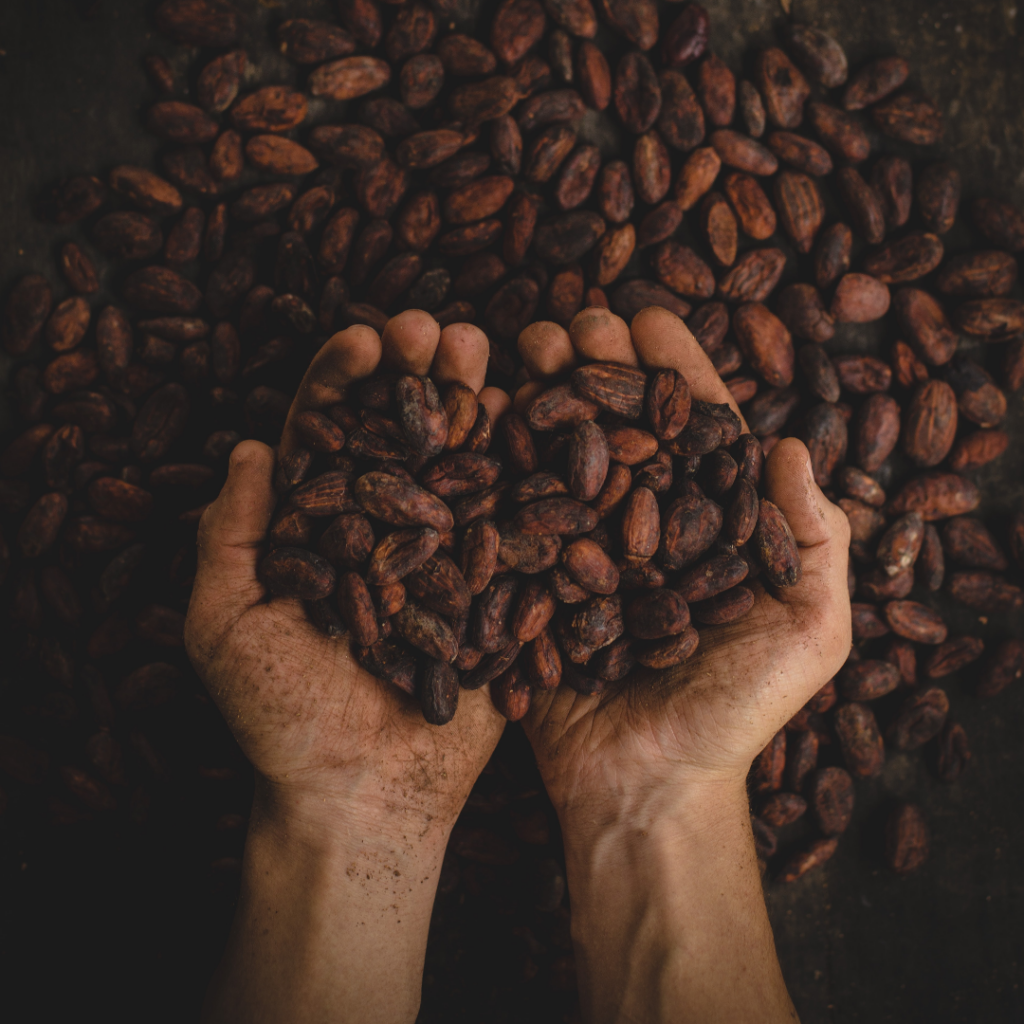Chocolate has a remarkable way of making almost anything better. With velvety texture and decadent taste, chocolate works wonders on the palate, boosts moods and elevates everything from fruits, nuts and cheese to coffee, wine and confections. Chocolate complements cannabis.
“Chocolate is widely believed to enhance the effect of marijuana,” said a landmark study that tested the popular belief in a science lab. The researchers found that chocolate contains three N-acylethanolamines (NAEs) that interact with cannabinoid receptors in the brain. Two of the NAEs do not interact directly, but rather, they inhibit the breakdown of the third, anandamide, that does partially bind to CB1 and CB2 receptors. This is similar to CBD, which suppresses the enzyme that metabolizes anandamide without directly binding to the receptors itself.
What is anandamide? Often described as the “bliss molecule” and “natural THC,” this fatty acid neurotransmitter can induce feelings of happiness and well-being. Foods like black truffles and chocolate contain the compound, but the human body also produces it naturally as an endocannabinoid.
As far as elevating cannabis experiences, anandamide is not alone. Chocolate also contains compounds like phenylethylamine and theobromine that may have mood-enhancing and stimulant effects. These compounds can interact with other neurotransmitters in the brain, such as dopamine and serotonin, that can add to the overall enjoyment of consuming chocolate.

How exactly do all these compounds make cannabis better?
Science still needs to flesh out the specifics, but anandamide appears to increase activity at receptor sites, which might prolong or intensify the effects of certain cannabinoids. Meanwhile, other chocolate compounds help lift moods and enhance the overall experience with activity outside the cannabinoid system. Of course, a premium artisan chocolate also elevates sensory enjoyment in terms of taste and aroma. Many of these effects may be mild, but they are comprehensive, offering direct, indirect and independent effects that collectively boost the cannabis experience.
Fittingly, chocolate was part of indigenous healing traditions in Mesoamerica for thousands of years, and the early European colonizers were quick to send it back home for medicinal use. The combination of great taste, exhilarating effects and religious use among indigenous tribes made chocolate a prohibition target under the Catholic church, but doctors and scientists defended chocolate for its health and wellness benefits. The church eventually agreed to allow medicinal chocolate use, just not recreational. In the second half of the 19th century, the company now known as Nestlè turned chocolate into the sweet treat we know and love today.
We share this little history lesson just to say what we think is obvious: Chocolate and cannabis were destined to come together and become great friends.



